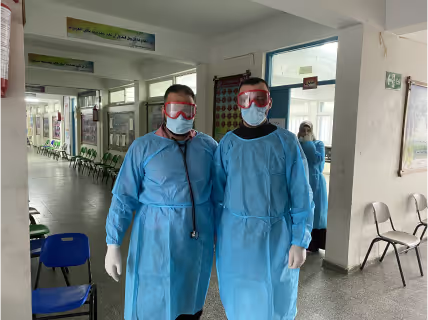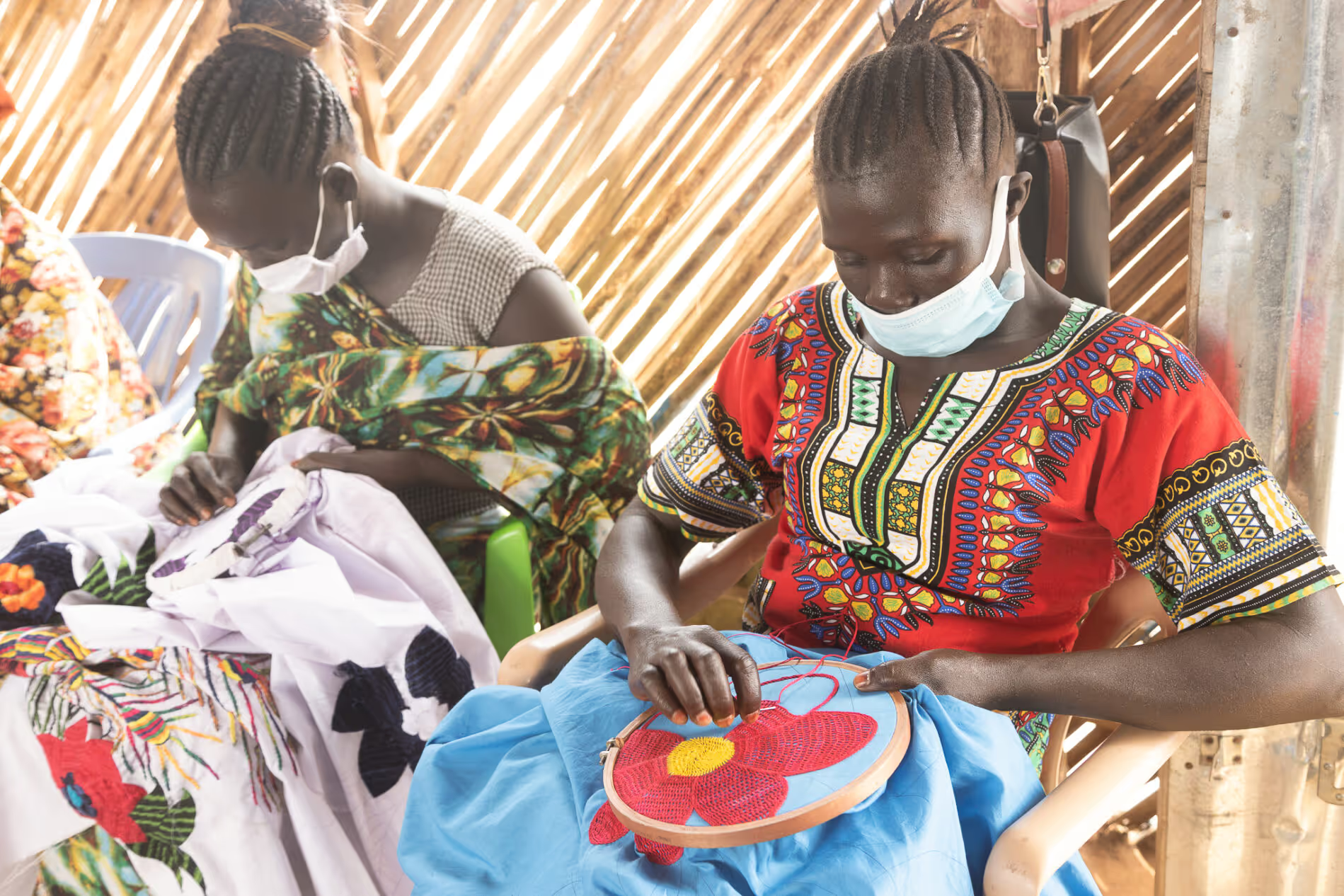PREP1: a social media analysis tool for PREParedness

Project overview
Project solution
This project offers [specific solution or intervention] to tackle [challenge]. By implementing [strategies, tools, or innovations], the project aims to achieve [desired outcomes]. The approach is designed to [specific actions or methods] to bring about meaningful change in [community, region, or issue area].
Expected outcomes
This project aims to achieve [specific outcomes], such as [measurable results, improvements, or changes]. The expected impact includes [benefits to the target community, advancements in research or innovation, or long-term effects]. By the end of the project, we anticipate [specific changes or milestones] that will contribute to [broader goals or objectives].
Trilateral Research are collaborating with the Global Disaster Preparedness Center to collect (humanitarian) user requirements to develop a social media analysis tool, PREP1, for disaster preparedness and risk reduction purposes, thereby enhancing the efficiency and effectiveness of their engagement with social media.
WHAT IS THE HUMANITARIAN NEED?
Social media is used across the globe, engaging with its users is a crucial step in preparedness. Previous research has identified Red Cross Red Crescent (RCRC) actors desire to engage with social media for preparedness, yet they face barriers preventing their use of applicable analysis tools. Barriers range from not being able to afford commercial tools, lacking the skills required to use the tools and understand their outputs, and tools not possessing the functionality required. Against this backdrop, this study seeks to work with RCRC actors to collect and validate user requirements for designing and developing an appropriate tool, PREP1.
WHAT IS THE INNOVATIVE SOLUTION?
Social media is a resource that presents a unique tool for humanitarian organisations to reach multiple stakeholders to help facilitate greater preparedness to disasters and risks. However, to gain maximum value from social media, it is vital to analyse social media data.
In 2015 the Global Disaster Preparedness Center funded a project completed by Trilateral that sought to understand what SMAT were available for preparedness. This involved an analysis of 94 commercial and open sourced SMAT and research with representatives from Red Cross Red Crescent (RCRC) societies and industry to understand the user and tool related barriers. The study revealed a gap in existing tools, that this project will begin to address. In the long-term PREP1 yields the ability to significantly contribute to humanitarian actors’ preparedness efforts with local communities and other actors interacting on social media.
WHAT ARE THE EXPECTED OUTCOMES?
This project will take the next step in developing an open sourced SMAT for preparedness, PREP1, thereby negating the barriers faced by the humanitarian sector.
This step involves identifying and validating user requirements and developing an initial design and functionality of the software. This will be accomplished by conducting (virtual) interviews and an online validation workshop with Red Cross Red Crescent actors from across the globe. The primary output of the study will be a report revealing the user requirements and an initial design of PREP1 validated by end users. PREP1 is envisaged to be placed in the open software domain to encourage the long-term sustainability and longevity of the tool (e.g., GNU Affero General Public License). Filling this gap is crucial to supporting humanitarian organisations in their efforts to use social media for preparedness.
Project delivery & updates
Stay up to date with the latest developments from this project. Here, you will find details on what has been delivered, resources created, and regular updates as the project progresses. Access key documents, reports, and other materials to see how the project is making an impact.






